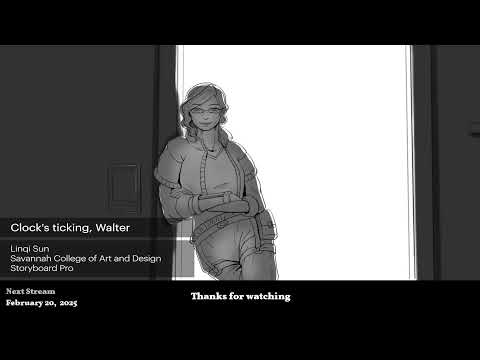Your Cart is Empty
Customer Testimonials
-
"Great customer service. The folks at Novedge were super helpful in navigating a somewhat complicated order including software upgrades and serial numbers in various stages of inactivity. They were friendly and helpful throughout the process.."
Ruben Ruckmark
"Quick & very helpful. We have been using Novedge for years and are very happy with their quick service when we need to make a purchase and excellent support resolving any issues."
Will Woodson
"Scott is the best. He reminds me about subscriptions dates, guides me in the correct direction for updates. He always responds promptly to me. He is literally the reason I continue to work with Novedge and will do so in the future."
Edward Mchugh
"Calvin Lok is “the man”. After my purchase of Sketchup 2021, he called me and provided step-by-step instructions to ease me through difficulties I was having with the setup of my new software."
Mike Borzage
V-Ray Tip: Optimizing Realism in Renders with V-Ray Reflection and Refraction Elements
January 27, 2025 2 min read

Enhancing your renders with precise control over reflections and refractions can significantly elevate the realism and quality of your projects. Utilizing V-Ray Render Elements for reflection and refraction control allows for greater flexibility in post-production, enabling you to fine-tune these aspects without re-rendering the entire scene.
- Understanding Render Elements: V-Ray Render Elements are individual passes that separate different aspects of your render. For controlling reflections and refractions, the most relevant elements are the Reflection and Refraction passes. These allow you to isolate and adjust the intensity and clarity of reflections and refractions in your final image.
-
Setting Up Reflection and Refraction Passes:
- Navigate to the Render Elements tab in V-Ray.
- Add the Reflection and Refraction elements to your render setup.
- Configure each pass according to the materials in your scene. Ensure that reflective and transparent materials are correctly assigned to utilize these passes effectively.
- Adjusting in Post-Production: Once your render is complete, import the Reflection and Refraction passes into your preferred image editing software, such as Adobe Photoshop or After Effects. Here’s how you can manipulate them:
-
Control Reflection Intensity:
- Adjust the opacity of the Reflection layer to increase or decrease the strength of reflections.
- Use layer masks to selectively apply reflections to specific areas of your render.
-
Enhance Refraction Clarity:
- Modify the contrast and brightness of the Refraction pass to achieve the desired transparency effect.
- Apply sharpening filters to enhance the clarity of refracted objects.
- Optimizing Workflow with NOVEDGE: For a seamless experience, consider leveraging resources from NOVEDGE. They offer a vast library of tutorials and assets that can help you master V-Ray Render Elements and enhance your rendering workflow.
-
Best Practices:
- Always preview your render with render elements enabled to ensure that reflections and refractions are captured accurately.
- Organize your layers in post-production to maintain a non-destructive workflow. This allows for easy adjustments without compromising the original render.
- Experiment with different blending modes to achieve unique effects that enhance the overall aesthetic of your scene.
-
Advanced Techniques:
- Combine Reflection and Refraction passes with other elements like Specular and Glossy to create more nuanced and detailed effects.
- Use adjustment layers to color-grade reflections and refractions, ensuring they match the lighting and mood of your scene.
- Integrate third-party plugins available on NOVEDGE to extend the functionality of V-Ray Render Elements, providing more control and flexibility in your rendering process.
By effectively utilizing V-Ray Render Elements for reflection and refraction control, you can significantly enhance the realism and depth of your renders. Incorporating these techniques into your workflow not only improves the quality of your work but also streamlines the post-production process, allowing for greater creative freedom and efficiency.
You can find all the V-Ray products on the NOVEDGE web site at this page.
Also in Design News

2D/3D Animation:Collaboratory with Mike Morris and Aaron Paetz
February 20, 2025 1 min read
Read More
ZBrush Tip: Enhancing Organic Sculpting Techniques in ZBrush: Key Tips and Resources
February 20, 2025 2 min read
Read More
Revit Tip: Mastering Revit's Edit Profile Tool for Customized Design Efficiency
February 20, 2025 2 min read
Read MoreSubscribe
Sign up to get the latest on sales, new releases and more …


